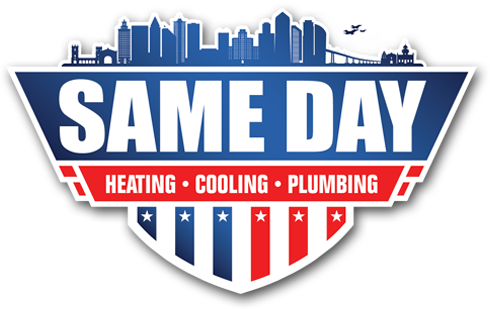Winter Proofing Your Home – The Basics
It may not be something that’s top of mind for many San Diego homeowners, but winter proofing your home, windows, and HVAC system should be on your to-do list when the weather turns. While our southern California winters are typically mild, that doesn’t meant it’s ok to ignore proper home winterization. And if you’re just now thinking about it, don’t worry, the important part is going through the process, whenever you happen to get started on it.
Why Winter Proofing Is Important
Even in mild climates, like San Diego, winter proofing your home is important for several reasons:
Running the furnace, even a little, to keep your home comfortable in the winter takes a lot of energy. In order to help your home’s heat system run as efficiently as possible, it’s crucial to have a furnace tune up at least once a year.
2) Prevention
Not winterizing properly can be responsible for many otherwise unnecessary repairs in and around the home. For example, if you have a fireplace or chimney, having these inspected can spot trouble before it becomes a costly repair. Letting your A/C unit sit all winter without preparing it can spell trouble once the weather heats up again, and similarly, if you turn your furnace on for the first time in months without having it checked out, you might be asking for expensive trouble.
Home Winterization – Step By Step
1) Furnace Winterization
The most important step to ensuring your home is safe and snug for winter is to have your furnace serviced. Since it will be working all season long to keep you cozy inside, giving it the best start possible helps it run efficiently and serves as important preventive maintenance.
2) Water Line Winterization
For those San Diego residents with sprinklers, be sure to have your lines professionally blown out before the temperatures drop. In the event temperatures reach down into freezing territory, making sure there’s no water left in the lines prevents bursting. While you’re at it, place Styrofoam covers on all your outdoor water hookups for the same reason.
3) Heat Pump Winterization
Protecting the heat pump from the elements (snow and ice, in particular) is the most important part of heat pump winter proofing. Clear away any debris to create a 2-foot perimeter around the heat pump. And while you may be tempted to cover it, it’s important to ensure that any canopies or covers are outside the 2-foot buffer area to allow the heat pump to function properly. Our experienced HVAC professionals can make recommendations for the best way to winter proof your heat pump in San Diego.
4) Winterizing the A/C Unit
Winter proofing your A/C unit is generally something you can DIY as it involves just a few steps. Firstly, make sure you turn off the unit at the electrical circuit to make sure it doesn’t turn on accidentally during the winter. Once this is done, give the unit a once over, removing leaves and debris on and around it. Wipe it down or gently hose it off if it looks like it needs it. Once the unit is clean and dry, use an A/C cover to protect the unit from water damage and debris build up during the winter.
5) Windows and Doors
Windows and doors are the biggest culprits when it comes to heat loss in the winter, and there are a few easy things you can do to help reduce the drafts and keep your home warm. A visual inspection is the best place to start — make sure all windows and doors are functioning properly and can be securely latched. Look for areas where the weather-stripping might be compromised and make a note so you can replace or add weather stripping as needed. Updating weather-stripping throughout is also a good choice if windows or doors are older. For windows or doors you won’t be using much throughout the season, you can add foam stripping around the interior molding for added insulation.
If you have specific questions about winter proofing in San Diego or need the advice of an HVAC expert, schedule online today or call our friendly professionals (619) 762-3044.
